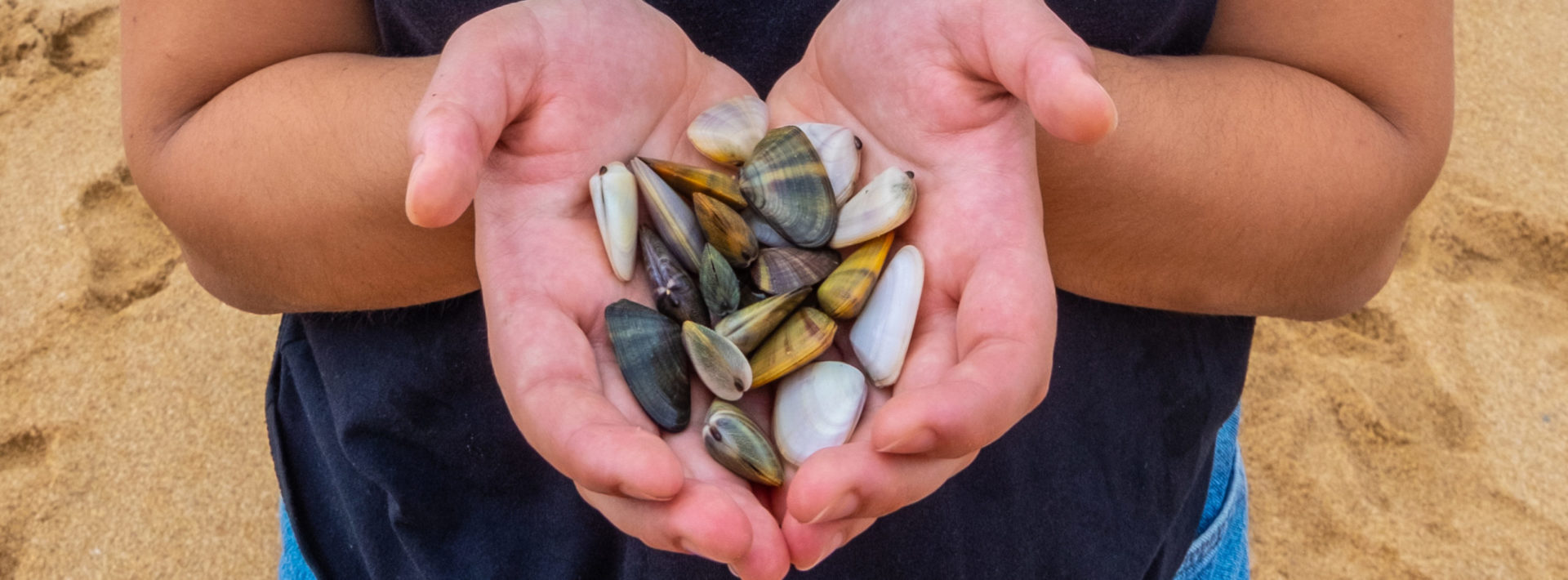MIT Great Barrier Reef Initiative: Magnetic Island

[fusion_text]By: Sierra Rosenzweig ’20
The locals say magnetic island got its name because Captain Cook’s compass went on the fritz as he approached the island, making him wonder if the island had a magnetic effect that could disrupt a compass (He really just had a broken compass). I think Magnetic is a more fitting name for the island because all the rocks on the island seem to stick together. When there is one rock, there tends to be a second rock and a third rock balanced on top, seemingly placed there by magic. While it can be unnerving to walk beside the stacks of 30-foot boulders, because they look like they could fall with the slightest gust of wind, the rocks make an excellent spot for rock climbing. I got to experience the climbing there on a long-weekend trip visiting some of the local scientists.

Bouldering on one of Magnetic Island’s many beaches. The soft sand breaks falls.
Another joy of staying on an island with few residents is the untouched wilderness and abundance of animals. I got the chance to hike the length of the island and saw an echidna for the first time, along with koalas and a host of different types of birds and lizards. The uninhabited forests on the island allow for humans who are careful to venture in the woods and observe the animals in their natural habitat. This is advantageous for the many scientists who live on the island and want to observe the animals in their natural setting, getting to know each specie’s quirks and mannerisms, before doing in-depth studies.

The closeness to the forest allows for many close animal encounters, like this Kookaburra

A skink visits me at a house on the edge of the woods
The best part of the Magnetic Island experience for me was the raw beauty of the location. I would wake up every day in my tent to the sound of the ocean waves crashing on the shore. As I spent more and more time with the locals, I began to pick up on their ways of life: eating vegemite, walking barefoot, and even dreading hair.

I dig for pipi clams on the beach with fresh dreads

The sun and the sound of the ocean fill my tent on Magnetic in the morning

The spectacular view from Magnetic is one of a kind
[/fusion_text][fusion_text]Sierra Rosenzweig ’20 is spending the summer in Australia and New Zealand and participating in a new research and engineering project in collaboration with the Australian Institute of Marine Science and James Cook University on the Great Barrier Reef. [/fusion_text]



